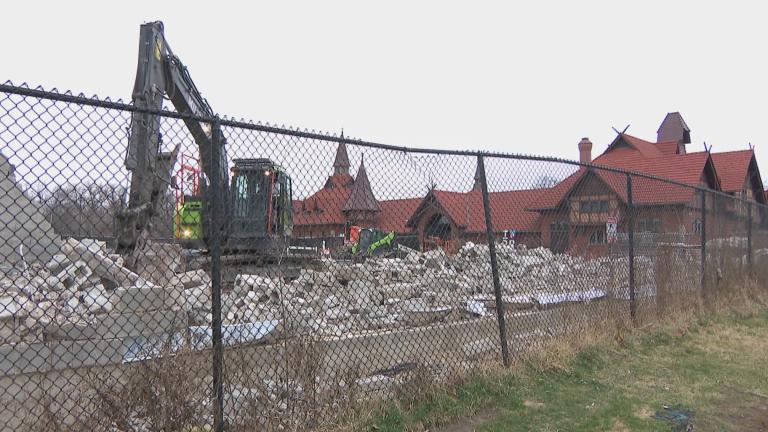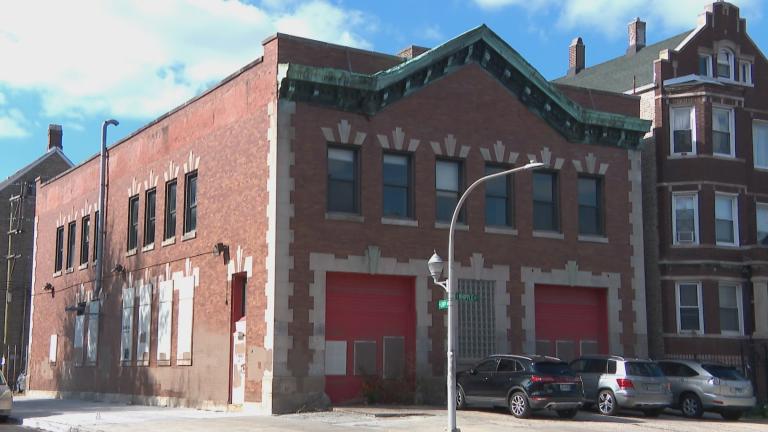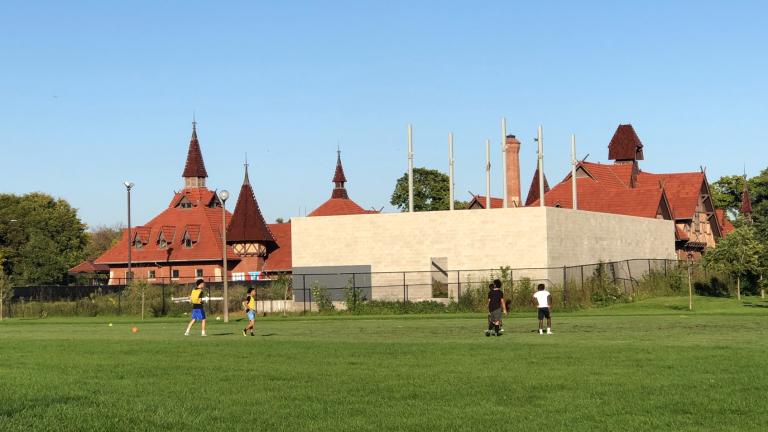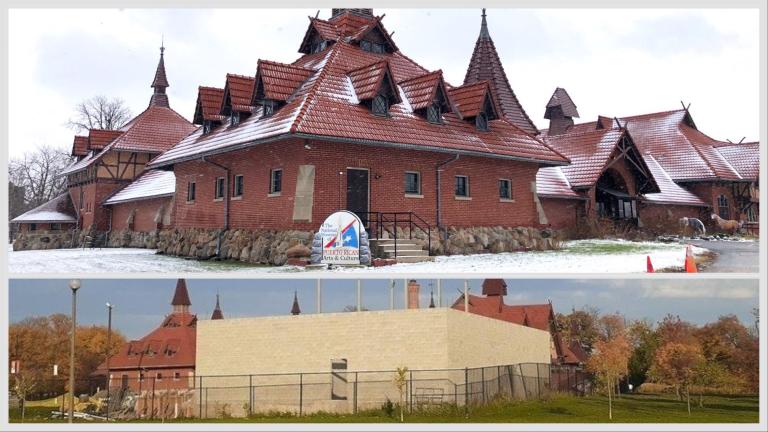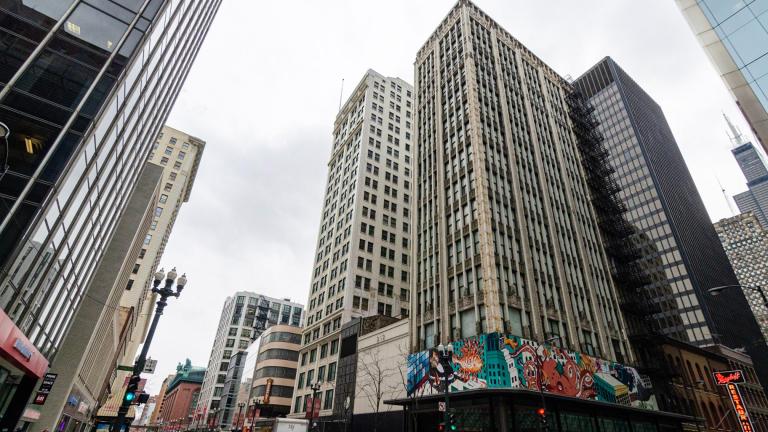
In the same way Downtown Chicago smells like chocolate, parts of Washington Park used to smell like bread.
Butternut, Wonder and Silvercup were among the brands once produced within blocks of each other, and while the baking operations, yeasty aromas and jobs are long gone, the buildings still stand. But for how long?
That question has landed the Schulze Baking Company Building on Preservation Chicago's 2024 "Most Endangered" list, announced by the organization Wednesday.
The five-story creamy terra cotta building with its bright blue accents has anchored the corner of East Garfield Boulevard and South Wabash Avenue since 1914. The Schulze Baking Company, which eventually became Hostess Brands, churned out loaves of Butternut here at 40 E. Garfield Boulevard until 2004.
The five-story Schulze Baking Company Building, with its creamy terra cotta and bright blue accents, has anchored the corner of East Garfield Boulevard and South Wabash Avenue since 1914. (Credits, clockwise from left: Debbie Mercer, Eric Allix Rogers (2))
The building has long been vacant and a plan to convert it into a data center, announced in 2015, was never realized. Though the Schulze building was added to the National Register of Historic Places in 1982, it lacks the protection of Chicago landmark status.
With the building recently listed for sale, Preservation Chicago is concerned about further decay of the exterior and interior, as well as the threat of demolition.
Here are the other buildings on the Most Endangered list:
Chicago Vocational School (CVS)
2100 E. 87th St., architect John Christensen, built 1938-41
Chicago Vocational School is Chicago's largest Art Deco structure outside of downtown. (Credits: Max Chavez / Preservation Chicago (l); Eric Allix Rogers)
Chicago Vocational School (aka, CVS; today, Chicago Vocational Career Academy) sits on 22 acres and is the largest Art Deco/Art Moderne structure in Chicago that isn't a skyscraper, according to Preservation Chicago.
Known as "the pride of the South Side," CVS is a surviving Public Works Administration/Works Progress Administration-funded project and in 2022 it was listed on the National Register of Historic Places thanks to a campaign by the school's alumni. That same group is angling for Chicago landmark status as well.
Though still an active Chicago public school, enrollment at CVS has dwindled to 800 students in a building designed to hold as many as 6,000. Deferred maintenance is a significant concern, Preservation Chicago said.
All of Mankind mural / Stranger’s Home Missionary Baptist Church
617 W. Evergreen Ave.; William Walker, murals, 1972; John Neal Tilton, church architect; built in 1901
The "All of Mankind" mural, exterior and interior, and the building's current whitewashed condition. (Credits, clockwise from upper left: Debbie Mercer (2); Save All of Mankind / Art House Coalition / Cabrini Art House Project; Jeff Heubner)
Stranger’s Home Missionary Baptist Church (formerly San Marcello Mission Church) was once surrounded by the Cabrini-Green public housing project and remains standing even as the rest of the complex was demolished.
What had been one of the building's most impressive features — a series of exterior and interior murals — was whitewashed in 2016. It is believed the murals, by Chicago artist William Walker, and collectively titled "All of Mankind," still exist under layers of paint.
A coalition of community organizations, art conservators and community residents is pursuing the purchase and restoration of the church and its murals. Hampering their cause: The church structure constitutes the full extent of the property; all surrounding land is owned by the Chicago Housing Authority.
"As CHA continues to sell off parcels of the former Cabrini-Green Homes, it is likely that the building will one day be targeted for demolition," Preservation Chicago said.
The site, according to Preservation Chicago, touches on many important themes — Black history, mural art and public housing among them
Century and Consumers Buildings
Century Building, 1915, Holabird and Roche, 202 S. State St.
Consumers Building, 1913, Jenney, Mundie & Jensen, 220 S. State St.
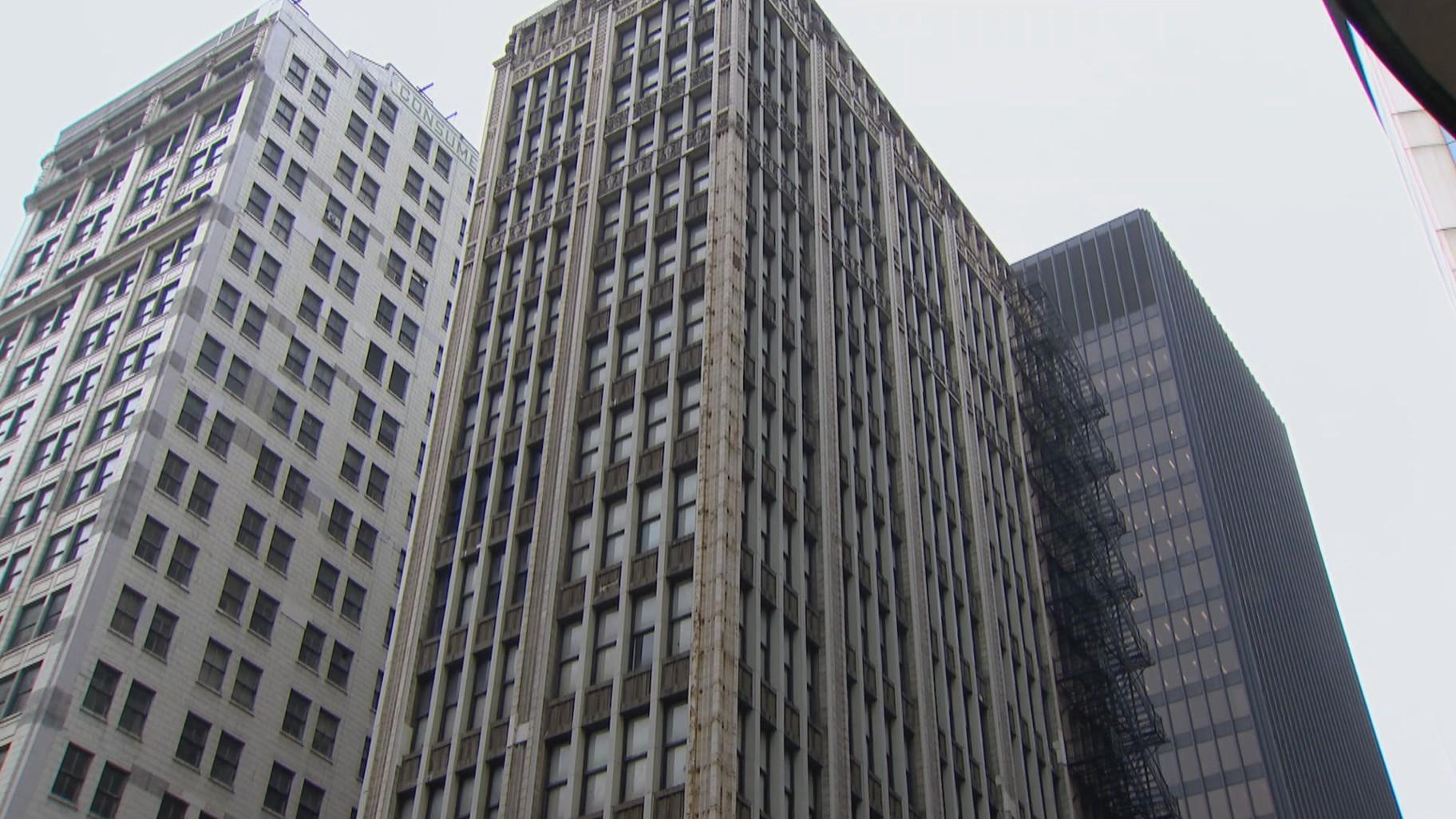 Buildings at 220 S. State St. and 202 S. State St. are being recommended for demolition as part of a security plan for the Dirksen Federal Building. (WTTW News)
Buildings at 220 S. State St. and 202 S. State St. are being recommended for demolition as part of a security plan for the Dirksen Federal Building. (WTTW News)
These early skyscrapers are marking their fifth appearance on the list.
Federal funds have been earmarked for demolition of the vacant structures, due to post-9/11 security concerns related to their proximity to the Dirksen Federal Building.
If the buildings are ultimately demolished "not only will Chicago lose two important early Chicago School skyscrapers by two of its most important architecture firms, it will also create a huge void and open site which will adversely impact and vacate the energy from one of downtown Chicago’s most vibrant thoroughfares and intersections," Preservation Chicago said.
The Century and Consumers have been granted a preliminary Chicago landmark designation and the organization continues to push for final landmark status, as well as for an adaptive reuse of the buildings, including a potential national archive center.
Sheffield-Belden group (northwest corner of Sheffield and Belden Avenues)
1000-1012 W. Belden Ave. and 2300-2302 N. Sheffield Ave. (courtyard building); Maher & McGraw, architects; built in 1926
2308, 2310, 2314 and 2316 N. Sheffield Ave. (four freestanding townhouses); John Morrell and others, architects; built in 1890-1893
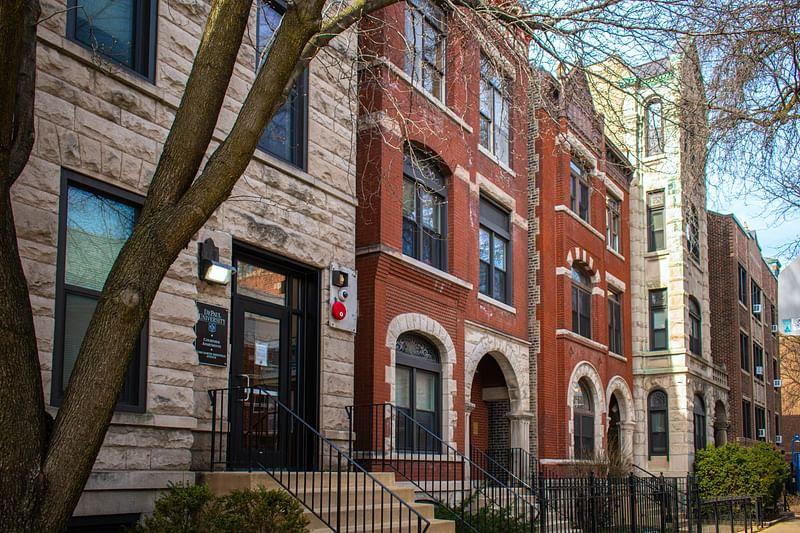 DePaul University is proposing to demolish these 130-year-old townhouses in order to make way for an athletic center. (Max Chavez / Preservation Chicago)
DePaul University is proposing to demolish these 130-year-old townhouses in order to make way for an athletic center. (Max Chavez / Preservation Chicago)
All of the buildings in this group are “contributing” structures in the Sheffield National Register Historic District while two of the historic houses, 2310 and 2316 N. Sheffield, are rated “Orange” in the Chicago Historic Resources Survey, deeming them important to the city of Chicago and the community in which they are located.
DePaul University wants to demolish the buildings and replace them with a multi-story athletic center.
While recognizing DePaul as an asset to the community, Preservation Chicago called the university's process of acquisition and demolition "a worrying pattern that continues to accelerate."
Loss of the Sheffield-Belden group would "adversely impact the streetwall, historic character and human scale of both this block and the Sheffield National Register District," the organization said. "Given DePaul’s history of demolition, we are very concerned about other historic Lincoln Park properties near the campus that could one day be replaced by future university proposals."
Ogden-Keeler industrial buildings
Western Felt Works, 4115 W. Ogden Ave.; R.C. Fletcher, architect; built in 1916
Turner Manufacturing Company, 4147-4151 W. Ogden Ave. / 2309-2325 S. Keeler Ave.; Alfred S. Alschuler, architect; built in 1918-21
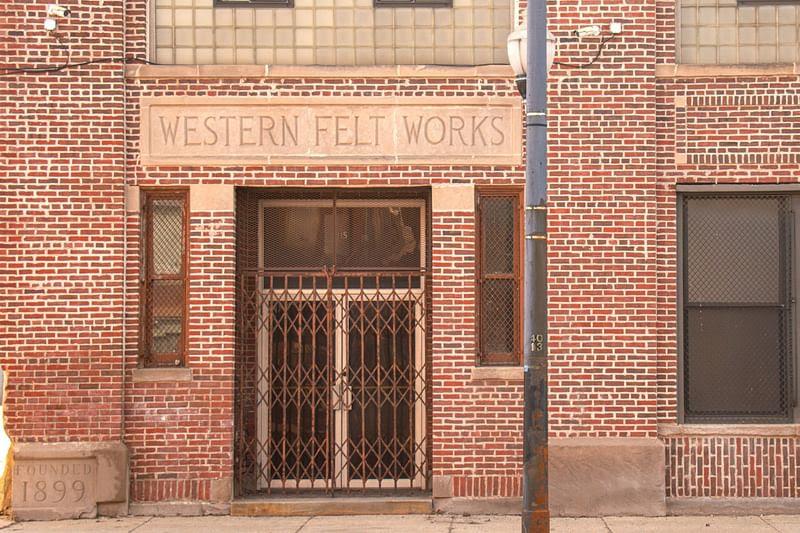 Western Felt Works, 4115 W. Ogden Ave.; R.C. Fletcher, architect; built in 1916. (Max Chavez / Preservation Chicago)
Western Felt Works, 4115 W. Ogden Ave.; R.C. Fletcher, architect; built in 1916. (Max Chavez / Preservation Chicago)
The Ogden Keeler Industrial Buildings are a collection of three historic manufacturing structures that straddle the border of the Little Village and Lawndale community areas. This portion of Ogden Avenue also forms part of the original Route 66.
The buildings, formerly the headquarters Western Felt Works and Turner Manufacturing Company, retain a high level of integrity and since their heyday have continued to house dozens of small local businesses.
The current owners of the property are proposing demolition in order to create a blocks-long warehouse development.
Swift-Morris Mansion
4500 S. Michigan Ave.; Willett & Pashley, architects; built in 1892
The exterior (pre-fire) and interior of the Swift-Morris Mansion. (Eric Allix Rogers)
This remnant of the South Side’s onetime “Gold Coast” was placed on the National Register of Historic Places in 1978.
Over the decades, the building has been home to the Cook County Bar Association and the Chicago Urban League, which occupied the house from 1964 to 1984. Since 1995, it has been owned and operated by Inner City Youth and Adult Foundation, a nonprofit that provides housing and transitional services to formerly incarcerated individuals.
In December 2023, a fire badly damaged the upper floor, attic and roof. To combat the blaze, upper floor windows were smashed open and the roof is riddled with gaping holes, according to Preservation Chicago.
Further damage due to weather exposure is a concern, as is the threat of demolition if the building is judged unstable.
Contact Patty Wetli: @pattywetli | (773) 509-5623 | [email protected]

